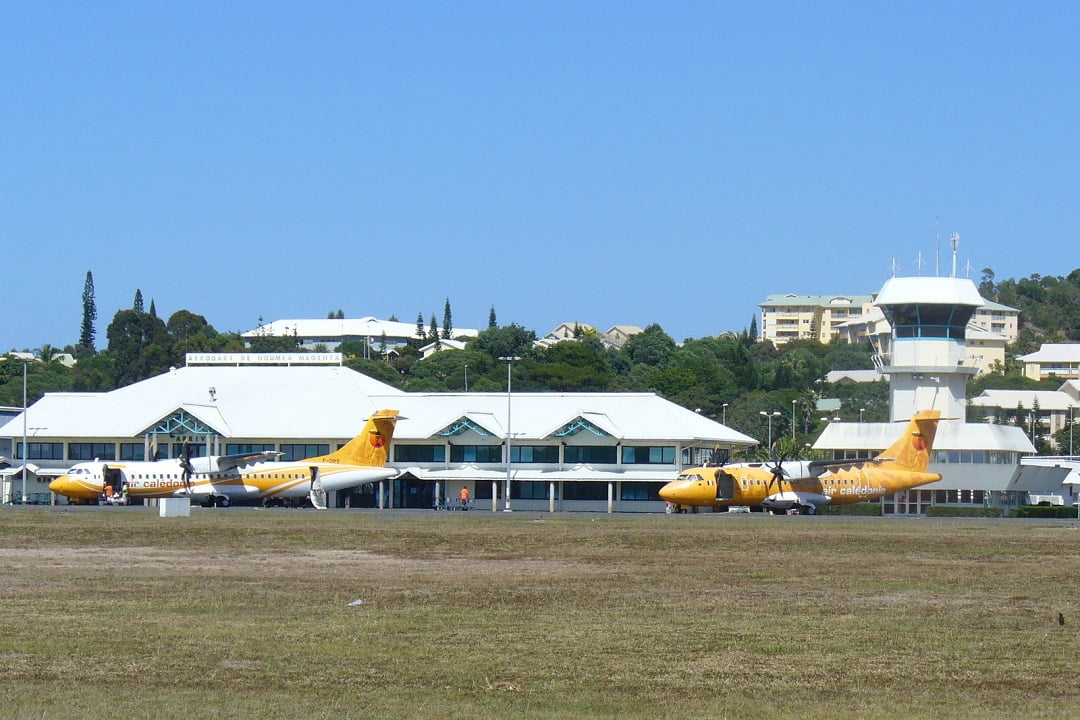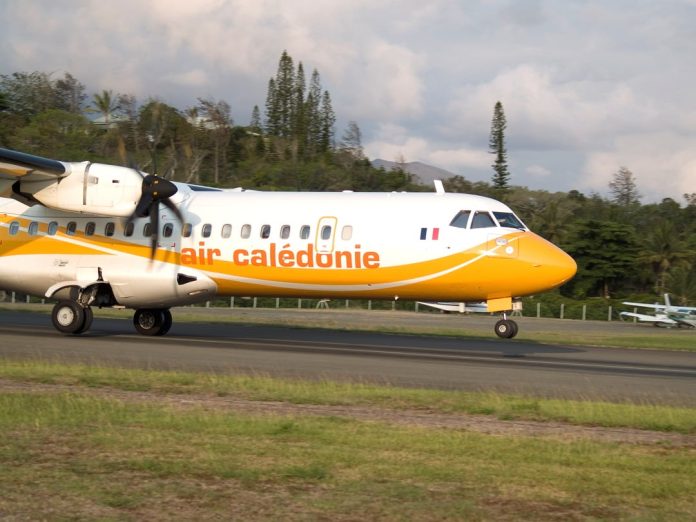Magenta Airport in Noumea has installed Axis network cameras connected to an intelligent system developed by Aimetis that allows recognition of license plates in real time to monitor vehicles approaching the entrance to the parking lot and allow or deny entry.
MAGENTA Airport is the principle hub for domestic flights in Nouméa. After redevelopment, the free parking that was normally intended for public transportation was soon swamped with private passenger cars. After that, buses and taxis dropped off their passengers outside the airport zone. This meant passengers had to walk hundreds metres with the luggage to the terminal.
The solution to this problem came in stages. First came a parking lot for airport employees in 2012, then a zone reserved for public transit in 2013. In this zone, barriers and cameras were deployed to monitor the vehicles. Cameras watch the entrance to the parking lot. Connected to the Aimetis video management system with LPR, they recognize the license plates of vehicles authorized to enter (buses and taxis). If a vehicle is authorized, the barriers open.
"The simplicity of managing without shuttle services or access badges was indisputably a factor in choosing the solution. In addition, the cameras also allow us to perform video surveillance, which is useful if a driver does a hit and run on the barrier," says Olivier Beal, head of the Office of Aeronautic Infrastructures, Department of Civil Aviation in Nouméa.

"The opening system had to be fast, work remotely and be as simple as possible to manage, due to the large number of vehicles accessing the zone,” said Beal. “The solution involving camera license plate recognition appeared to be the one best complying with the criteria. The choice of cameras reduced the number of unrecognized license plates and allowed backup in case one of the cameras broke down. Two Axis Communications network cameras monitor the entrance to the parking lot. They are connected to an intelligent system developed by Aimetis that allows recognition of license plates and reads the images in real time. If a vehicle's license plate shows up in the database as authorized, the barriers open.
However, these changes required some adjustments, such as tests based on the weather and the time of day or night with taxis and buses in association with the Karuïa company. The civil aviation authorities also made announcements in the newspaper and at the airport to let the terminal's users know about the change. Finally, a person was on site 8 hours a day to inform drivers that access was forbidden.
"The simplicity of managing without shuttle services or access badges was indisputably a factor in choosing the solution. In addition, the cameras also allow us to perform video surveillance, which is useful if a driver does a hit and run on the barrier," said Beal.
"Today the taxis are saving a lot of time. There’s no badge; the barriers open automatically, and it's easier to find a place to drop off passengers. From now on, the Karuïa buses will change their route and start coming back into this zone, where there is a bus shelter for dropping off and picking up passengers. Now people who come to Nouméa finally have public transport that drops them off right in front of Nouméa airport," he said. ♦











